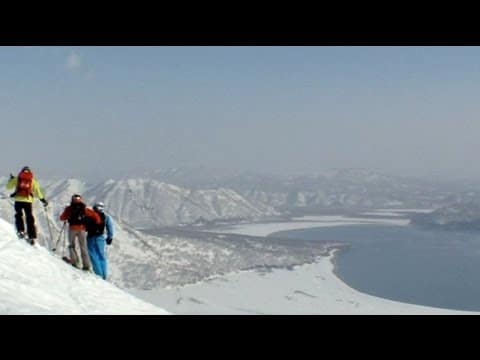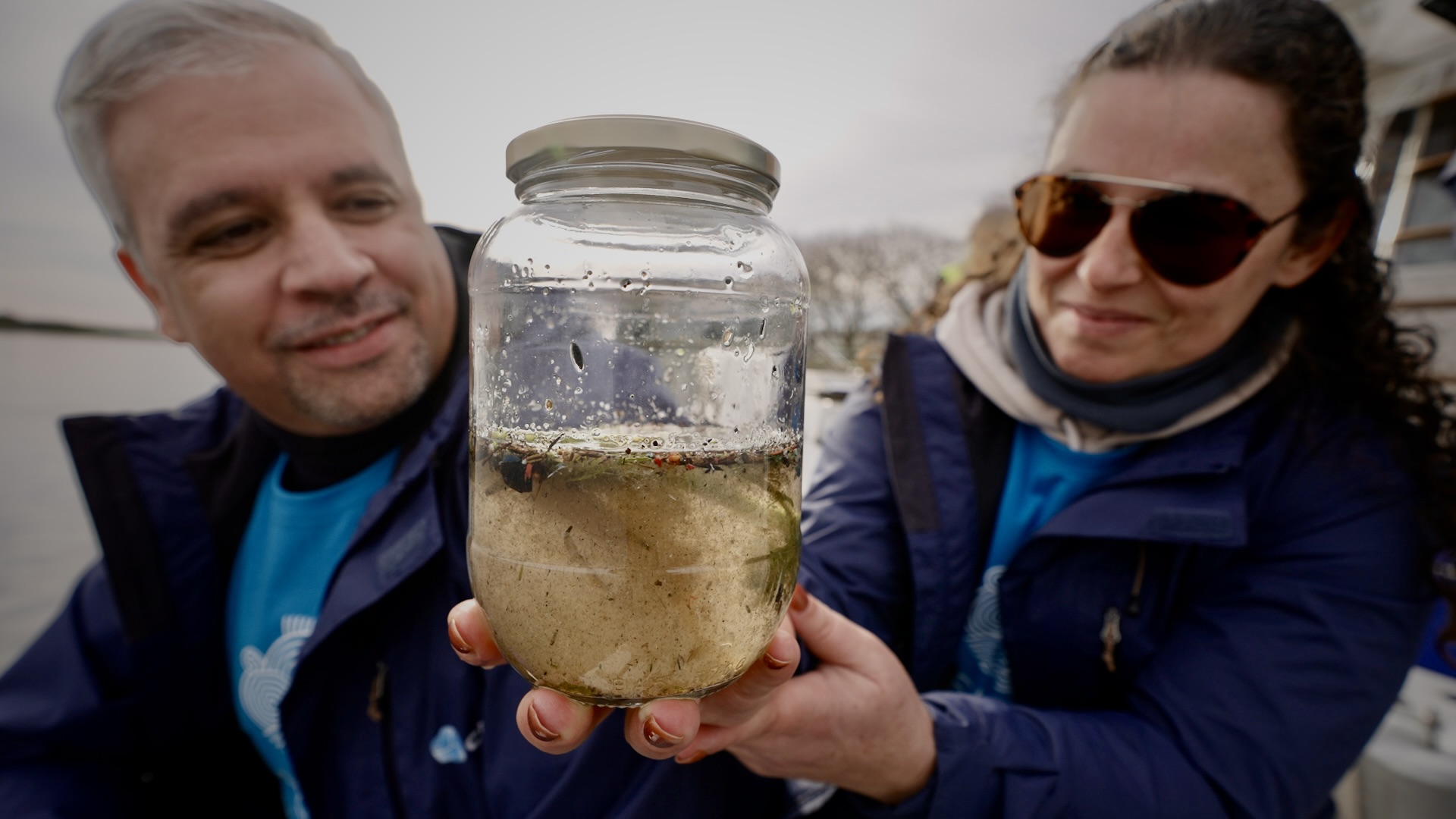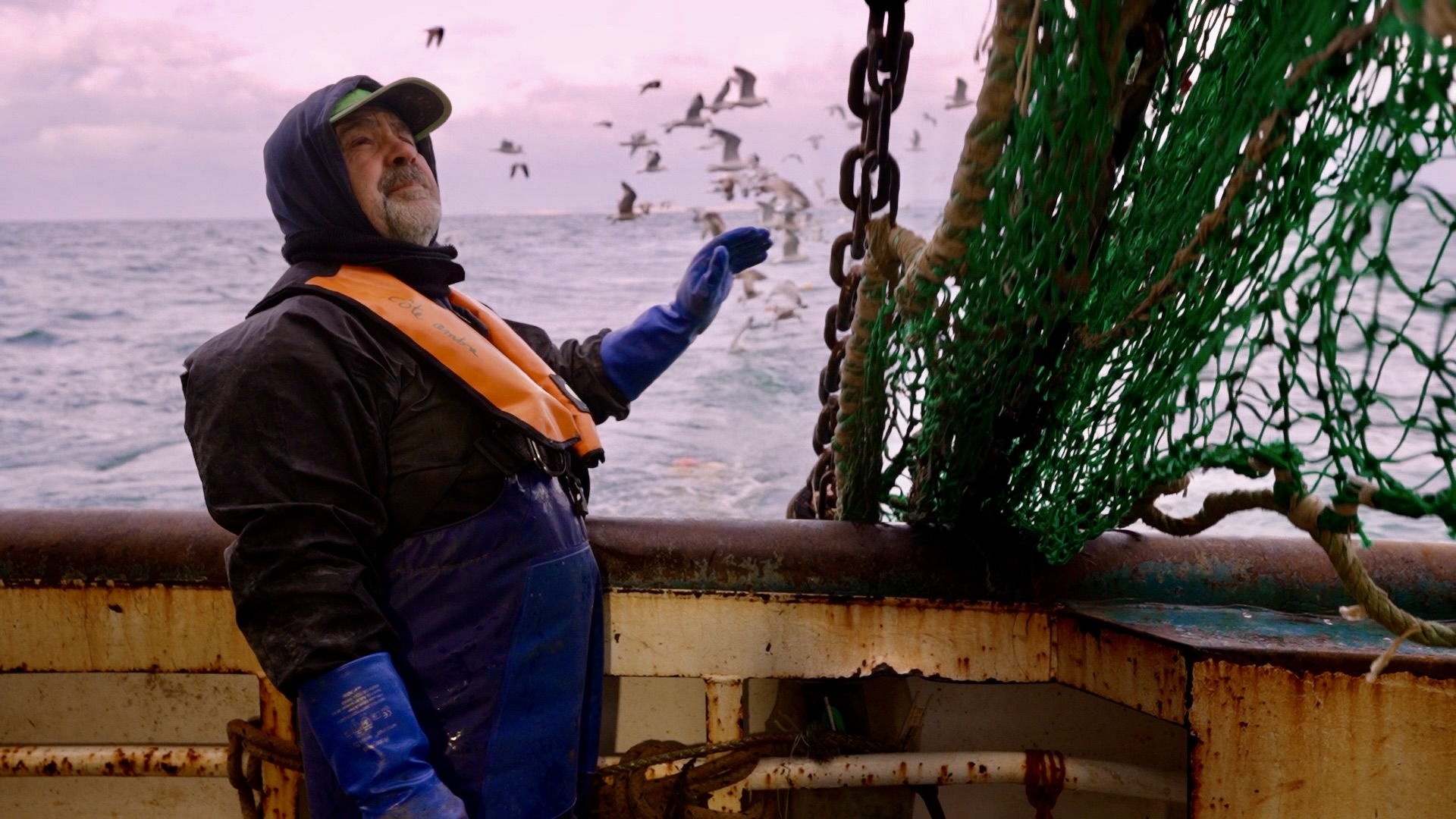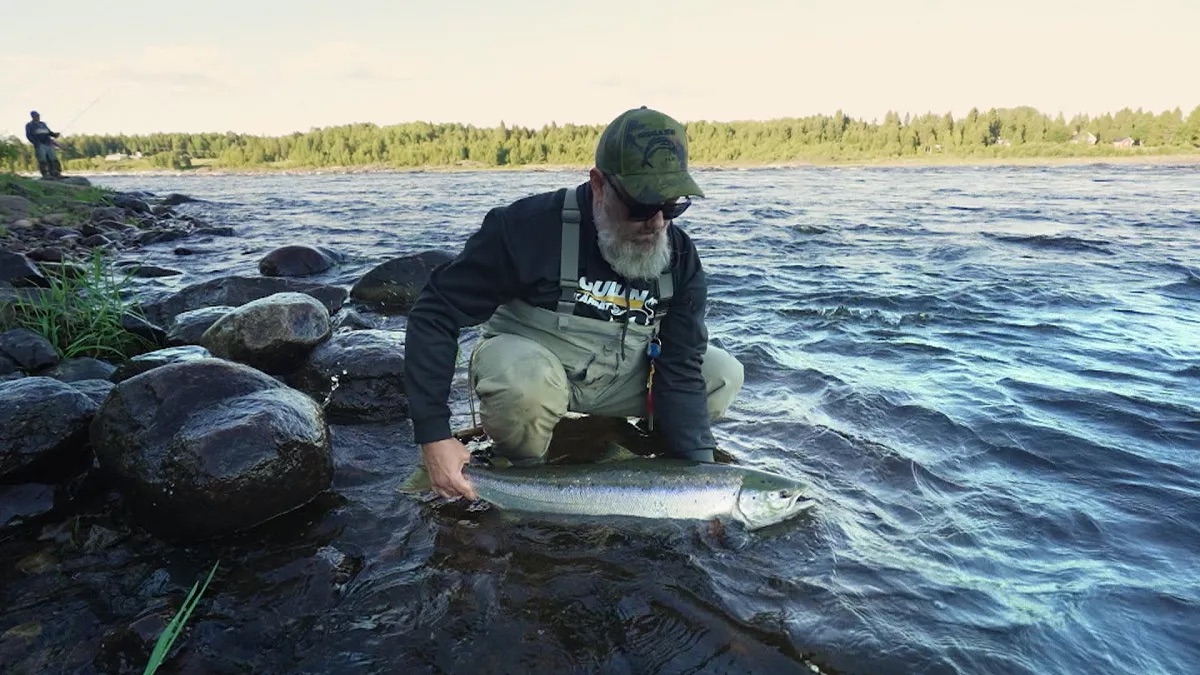The volcanoes and geysers of Russia’s Far East are the ultimate attraction for extreme sports aficionados. In this issue of ‘Russian Life’ we discover the land of fire and ice – the Kamchatka peninsula.
The immense peninsula between the Okhotsk Sea and the Pacific Ocean is one of the world’s last wild frontiers. Home to a Russian military base the area was strictly off-limits to visitors till the 1990s.
Now it is a top spot for adrenaline junkies the world over as Valentin Gavrilov, a Mountain guide explains:
“Our personalities are very wild and many people come here looking for exactly that – the wild, pristine nature of the mountains”.
The Kamchatka fact file
- Kamchatka is known as ‘the land of fire and ice’ for its 414 glaciers and 160 volcanoes, 29 of which are active.
- The territory of the peninsula has the area of 464,3 thousand sq km.
- The average temperature during winters is about -25°C, and in summers is +12°C
- The flight time from Moscow is 8,5 hours
- Kamchatka has the highest concentration of bears in Russia
During the cold months, snowmobiles are the best way to cross the volcanic valleys which are literally steaming with hot springs.
The six-month long snowy winter is a godsend for freeride skiers and snowboarders but to really sample what Kamchatka has to offer, you have to go via helicopter to reach the best mountain peaks.
Brigitte Achkar, a French snowboarder talks about her love for Kamchatka:
“To be able to ski downhill on these magnificent volcanic mountains, from the summit to the sea front – I think it’s the most unique place in the whole world and when we can afford it, well, we can treat ourselves with such a pleasure.”
Kamchatka is home to 10 per cent of the world’s active volcanoes. The risk of earthquakes and avalanches making off-piste adventures, all the more extreme.
A fact Nikolai Veselovskiy an adventure travel organiser is well aware of:
“In principle, everything related to alpine skiing outside the resorts can be dangerous but there are companies that organise helicopter and freeride skiing that have qualified guides to ensure safety.”
For a region the size of France and the Benelux combined, there is a distinct lack of tourists. Even Russians prefer to play it safe, choosing the tried and tested resorts of the Alps.
For a faithful few, like Denis Ailloud a French mountain guide, there is no place like Kamchatka:
“Why travel so far when we have the Alps? Well, quite simply because it’s discovering another land. Even though the Alps are very beautiful, here it’s something else – there’s all the freedom you need. You can ski wherever you want, on these incredible landscapes. Any ski guide who comes to Kamchatka for the first time has to swim in the Northern Pacific ocean. Even if the water is cold, you have to complete this ritual if you want to come back.”
There are countless ways to explore Kamchatka with some hiking enthusiasts conquering the volcanoes on foot. Once they reach the peaks they get to sit back and take in the untouched scenery but they have not come to rest on their laurels, after a short break they begin their descent, freeriding all the way back to the valley.
Victor De Ciria, a Spanish snowboarder describes the difference between Kamchatka and the Alps:
“The nature in the Alps is not comparable with Kamchatka. Here everything is wilder, and often you can ski in places where no one has ever been before. For me it’s not even close to being comparable.”
Whatever the weather, this far-eastern Russian peninsula is always a must for any daredevil.
Traveler’s Diary: Kamchatka
For many Russians, getting to Courchevel is a faster and potentially cheaper option than travelling from Moscow to Petropavlovsk-Kamchatsky in search of slopes. The prospect of an eight-hour flight in cramped seating is just too much to bear for your average ski bunny. So with that in mind, the people who do go that extra mile to holiday in Russia’s icy peninsula are often the most hardcore of extreme sports aficionados.The ski resorts of Petropavlovsk-Kamchatsky attract some of the world’s most accomplished skiers, snowboarders and paragliders. Luring adrenaline junkies the world over who have grown tired of the polished, bourgeoisie slopes the Alps has to offer.
For those who can afford it, chic cottage villages with thermal mineral water baths await. Not to mention the helipads, which service bulky Soviet-era MI-8 helicopters ready and waiting to whisk you off to the areas most popular locations for off piste adventure – like the Avachinsky (2200 m) and Viluchinsky (2173 m) volcanoes.
There are cheaper holiday options. We spent one of our day trips with a fun and friendly group of back-countryists. These fit young things like nothing more than to scale snow-covered volcanoes on foot. If that weren’t enough they then donne their skis and boards to freeride back down.
If you prefer your holidays a little more ‘au naturel’, a local crew of back-country enthusiasts set up camps in the area several times a year, complete with electricity, kitchens and some heating for a very reasonable price.
Tourism is one of the major sources of income in Kamchatka – the other is fishing, as the local seas swarm with red fish, crabs and a host of other delicious seafood. I spoke to the region’s tourism and sports minister who said they’re hoping to attract more Russian and foreign visitors by hosting several important sport competitions in the future – where they’re aiming to double the hotel accommodation they currently have on offer.
But Kamchatka has a long to go, with few Russians considering it a viable travel destination. The secrecy that has long surrounded the peninsula since World War II, when its bays harboured Soviet fleets of nuclear submarines, has put off potential visitors. Even now many are not aware of the hotels, roads and other infrastructure on Kamchatka. The challenge therefore is convincing people to go – and once they’ve sampled the breathtaking scenery for themselves, the hardest part might just be getting them to leave…





